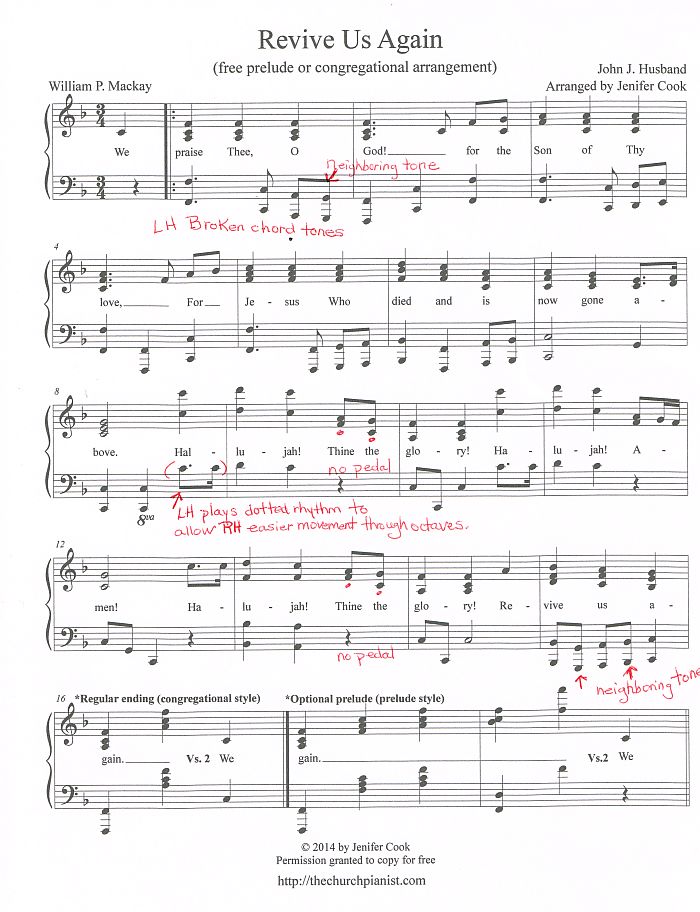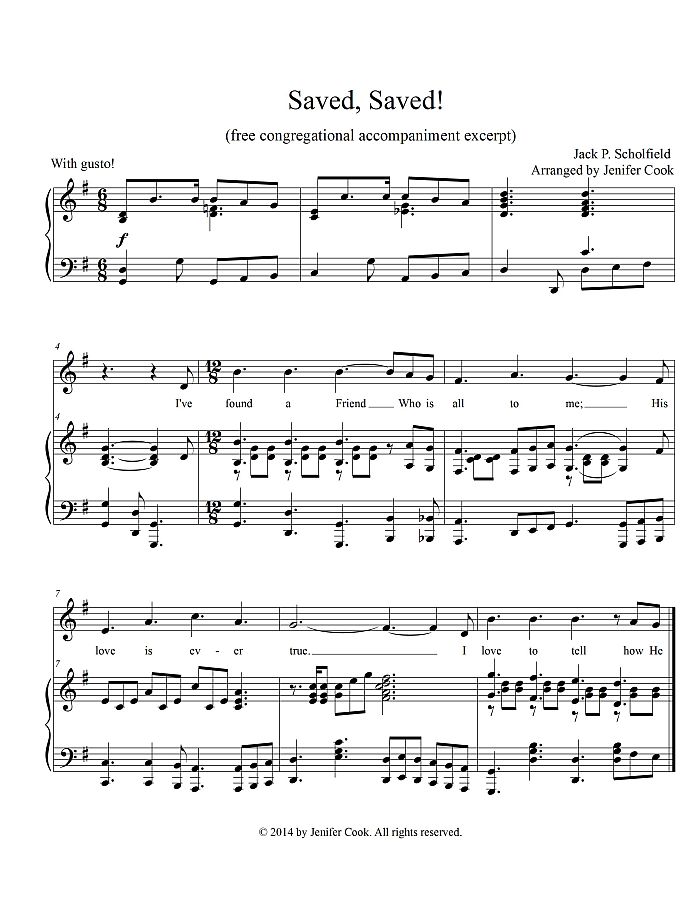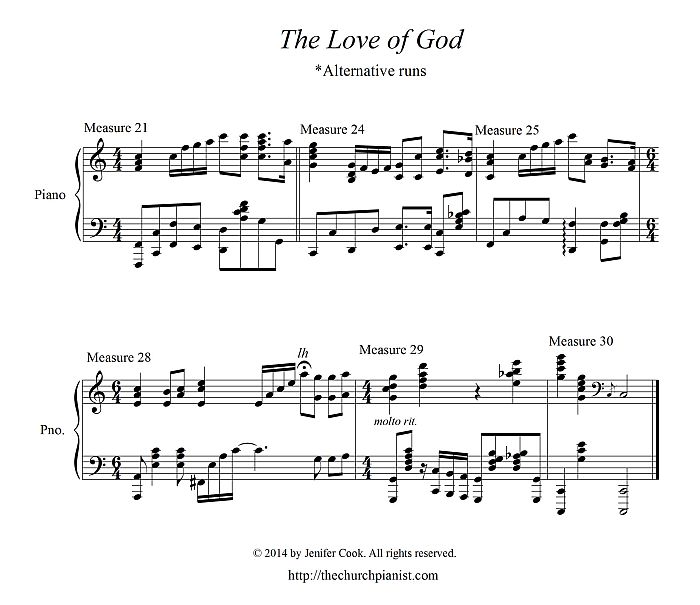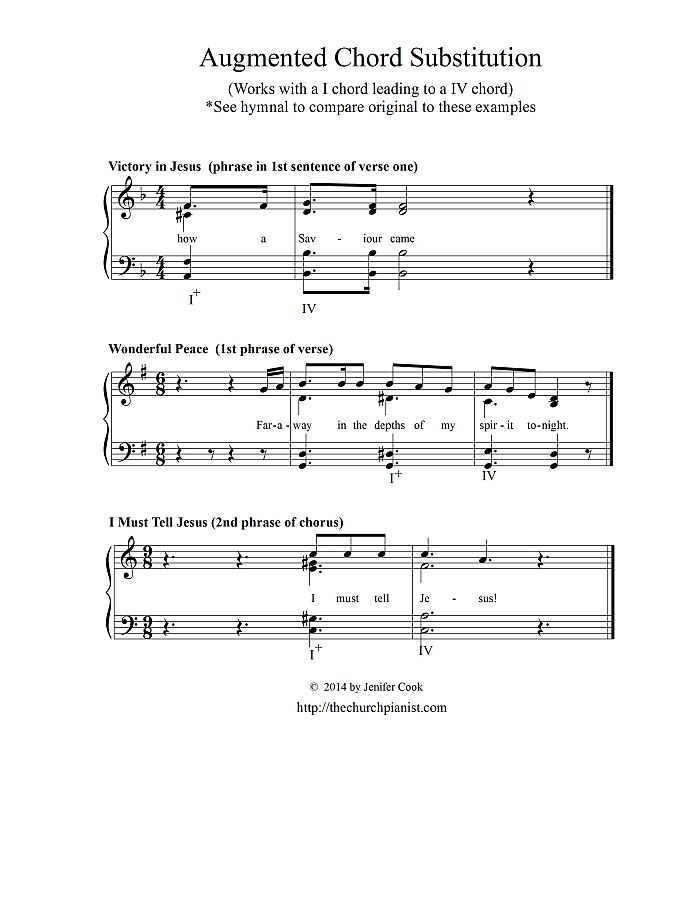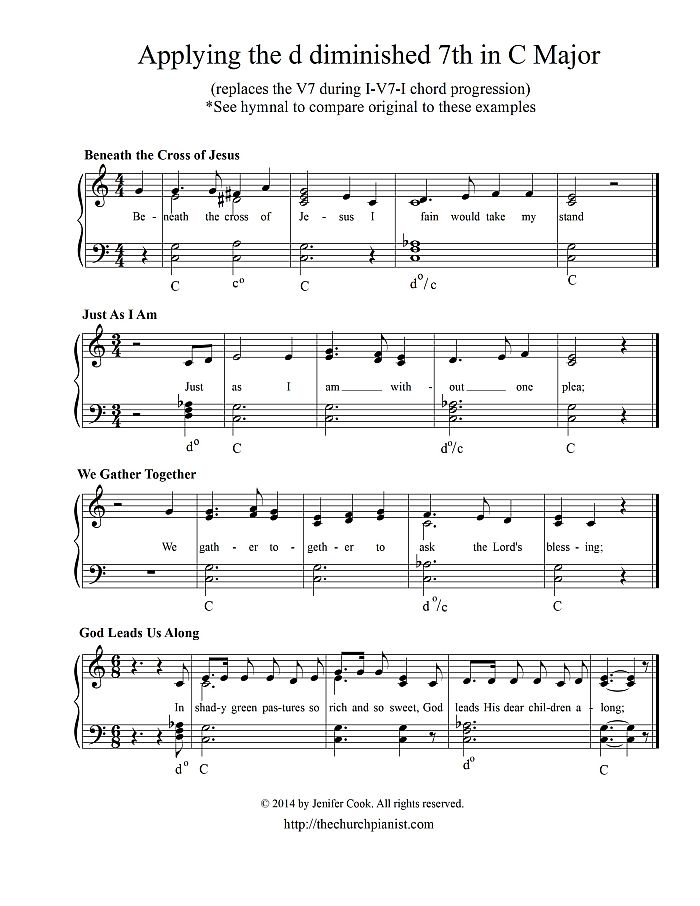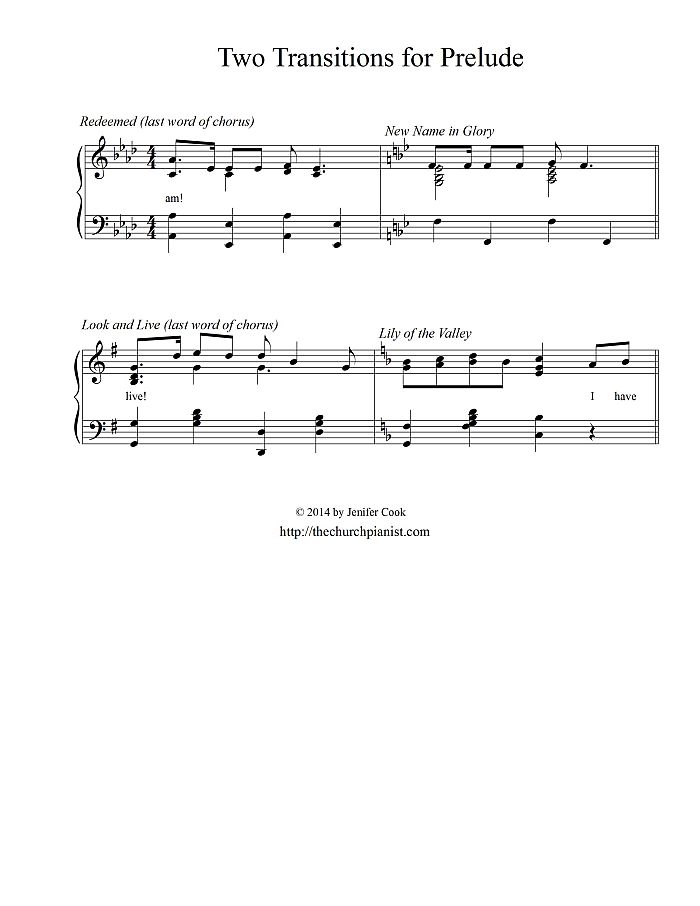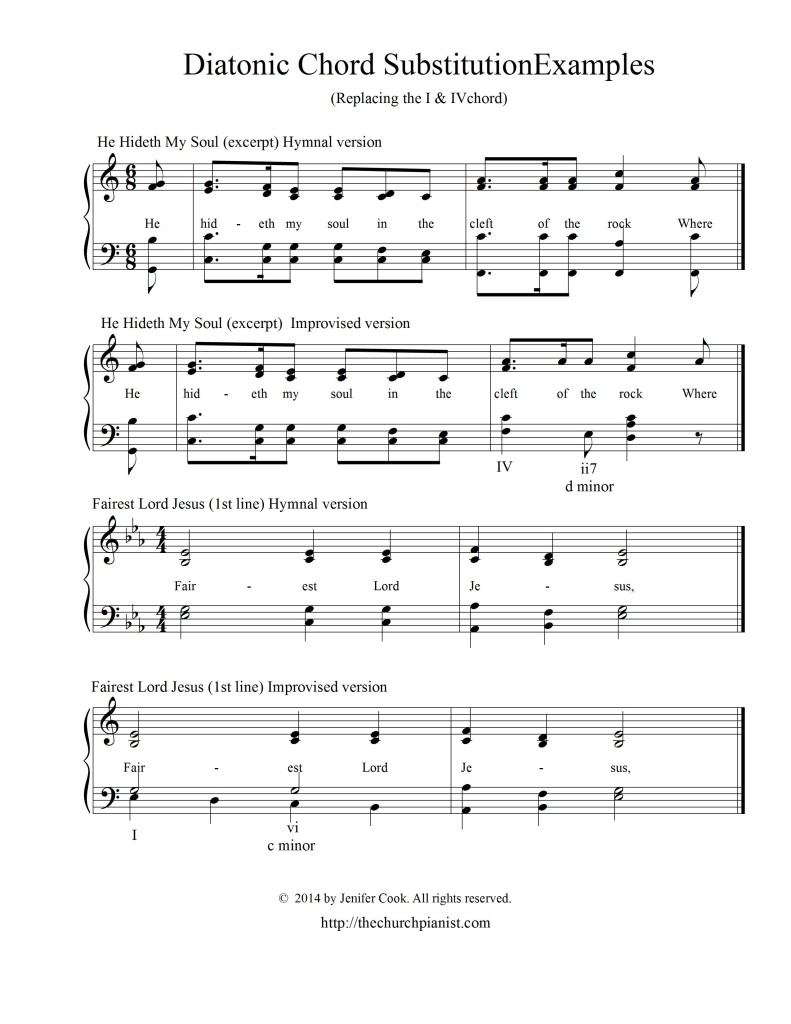Free Piano Prelude Arrangement Coming Soon!
Thursday, January 15th, 2015Working on “I Am Resolved” prelude arrangement for one of my hymnprovising students. She was asking about different left hand fill-ins because of all the repeated bass notes so…I was just going to jot down a few ideas for her and wound up writing the whole verse! Guess that means I need to write out the chorus too.
I’ll share the verse hopefully by this evening (once I enter it into Finale).
This particular student is needing to expand her right hand playground area. She has always played right hand in the middle area of the keyboard. I’m gradually conditioning her to broaden the right hand playing area… as you’ll notice towards the end of the verse.
My student and I laughed as I observed her trying to improvise on her own…playing the right hand an octave higher. The funny part was she had no idea what to do with her left hand at that point since she had all that extra space! 😉
She WILL improve as she broadens her horizon! I look forward to working with her at this stage of her hymn playing and plan to share with you all… what we do each week.
Look forward to sharing the first part of a free piano prelude arrangement soon!

